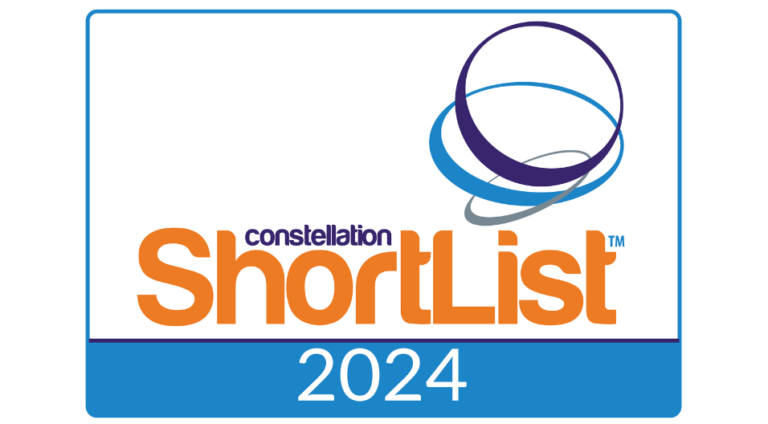Published in HIT Consultant by Joy Avery, MSN, RN, SVP, Clinical Strategy and Donna Pritchard, DNP, FNP-BC, MSN, RN, VP, Clinical Services, CipherHealth
The transformation of the healthcare landscape is undeniable. With the industry moving toward value-based care, the emphasis has shifted from volume of services to the actual value or outcome of care delivered. And while value-based care holds providers more accountable for results, it also grants resources and time to provide better, more patient-centric care.
But even years into the shift, there remains no comprehensive guidebook for success. While providers are rewarded for higher quality care, determining how to get there is left to hospital leaders. But no matter what, a shift to value-based care means realigning every aspect of care and operations to serve the needs of the patient.
When patients are actively involved in their own plan of care, they are better equipped to manage their health conditions, adhere to prescribed treatments, and reduce unnecessary healthcare utilization. However, achieving this level of involvement requires more than just surface-level interactions. It calls for a concerted, strategic effort to prioritize patient engagement in a way that genuinely prioritizes the patient’s needs and perspectives.
One thing remains clear: Without workflow efficiencies and enhanced communications, it will be an uphill battle. So what are the elements of an engagement strategy that’s built from the ground up to deliver on the promise of value-based care across the entire health continuum?
Pre-care patient empowerment
Patient engagement starts well before an actual care interaction. From the first contact, empowering patients with the right tools and information before they even enter a healthcare facility is an essential component of delivering value-based care.
Pre-care self-service capabilities are integral, granting patients agency over and access to their care journey and information. Giving patients the ability to access medical information, schedule appointments, or even consult with their healthcare providers through telehealth services is about more than just convenience—it’s about giving patients a greater degree of control over their own care.
When patients feel in charge, they are more likely to be proactive about their health, ask questions, seek clarity, and adhere to prescribed care regimens. They move from being passive recipients of care to active partners in their health journey.
Point-of-care active listening and action
An effective point-of-care rounding program that’s standardized and digitized gives health systems the opportunity to accurately understand in-the-moment issues and act on them. Both nurse-led and self-service digital rounding programs ease bandwidth issues for nurses and nursing leaders. Equally important, consistent rounding gives patients the opportunity to share positive feedback about their care team, voice concerns, ask questions, and feel heard, leading to a better overall hospital experience and higher patient satisfaction metrics, including HCAHPS.
Rounding provides a consistent feedback loop. Real-time feedback from patients allows for timely service recovery and informs larger systemic changes, ensuring that the care provided is always evolving and improving. By regularly assessing patient needs, providers can ensure that resources—including staff members—are used efficiently and effectively toward patient-centered care.
Post-discharge outreach and education
After a patient leaves the hospital, their journey to recovery isn’t over. In fact, in many cases, it’s just the beginning of the next phase. This transition is critical. Unfortunately, many patients, despite receiving quality in-patient care, often feel lost or unsupported after discharge.
Effective discharge management begins before the patient leaves the hospital through discharge readiness rounds that educate the patient on what they might expect after leaving the hospital. After discharge, by automating outreach in the medium most appropriate for each patient, providers can bridge the chasm between hospital care and at-home recovery. This comes through patient education and resources, but also through screening to ensure that patients understand and are adhering to discharge instructions and medication plans. Additionally, providers are able to identify any barriers to health care adherence, asking if patients have access to medications, have scheduled follow-up appointments, have reliable transportation, and more.
When patients feel seen and remembered, it does more than boost satisfaction; it reinforces the trust that they are not just a number or a chart, but individuals deserving of continuous care and attention. This trust can lead to better adherence to care plans and, ultimately, better outcomes.
Conversational context to drive interactions
Patient outreach is about more than just sending reminders or scheduling follow-ups. It’s about building a continuous, meaningful relationship between the patient and healthcare provider, even outside the confines of a clinic or hospital. That comes through authentic, data-driven understanding that is synthesized and leveraged to improve every patient interaction.
Every interaction, from pre-care to point-of-care to post-discharge outreach, presents a valuable opportunity to collect data and further optimize future interactions. Especially by leveraging AI functionality, providers can create a self-sustaining system that leverages machine learning to understand the health system’s strengths and opportunity areas.
Every patient is unique, with different needs, concerns, and capacities for engagement. This means that a one-size-fits-all approach to patient communication will not suffice. Patient engagement strategies must be tailored to meet the individual where they are. But by creating patient engagement systems that are flexible, intelligent, and continuum-wide, providers can go beyond simply providing care to truly engaging and empowering each patient to become an active participant in their health journey. It’s time we put the patient at the center, where they rightfully belong.
About Joy Avery
Joy Avery, MSN, RN is SVP of Clinical Strategy at CipherHealth. She brings 37 years of expertise in clinical practice, healthcare operations, capacity management, and operationalizing enterprise command centers in dozens of healthcare systems across the US and UK. Prior to moving into the healthcare IT space, Joy had the opportunity to deliver patient care in a wide range of roles at North Mississippi Medical Center in Tupelo, MS, including Chief Flight Nurse, Trauma Program Manager, and Director of Specialized Clinical Services responsible for transfer center, patient throughput, bariatric services, and nursing leadership programs. In her role at CipherHealth, Joy serves as a clinical SME, assisting both her Cipher peers and customer partners in improving the patient, family, and staff experience. Joy is passionate about improving patient outcomes and access across the care continuum.
About Donna Pritchard
Donna Pritchard, DNP, FNP-BC, MSN, RN, is VP of Clinical Services at CipherHealth. Donna possesses over three decades of healthcare expertise, including over 25 years in high-level executive leadership roles. She dedicated 33 years to North Mississippi Medical Center, MMC, serving as Chief Nursing Executive for 17 of those years. In her current position at CipherHealth, she fulfills the role of Clinical Subject Matter Expert. Donna’s unwavering commitment lies in enhancing the health and safety of both patients and caregivers across the entire spectrum of care. Her enthusiasm is particularly evident in her relentless pursuit of elevating caregiver engagement and fostering long-term retention.





